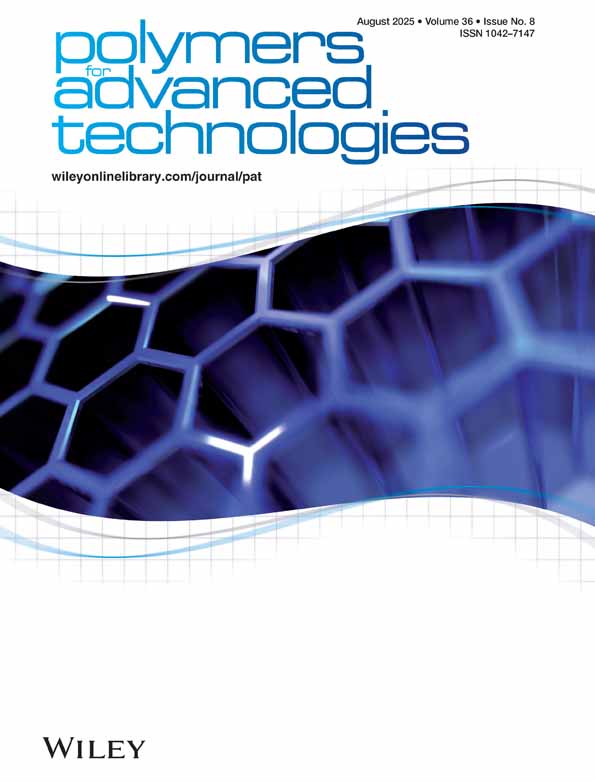Application of energy transfer model to partially DCM-doped Alq3 light-emitting diode
Abstract
Theelectroluminescent (EL) properties of partially-DCM doped Alq3 (tris(8-quinoline) aluminum) light-emitting diodes (LEDs) are discussed on the basis of a simple energy transfer model due to exciton diffusion. The EL process is described as the product of the distribution of exciton density of Alq3 and the radiative probability of excited molecule. Using the separated EL intensities from Alq3 and DCM, the various ratios of EL intensities calculated from the model were compared with the experimental results. The diffusion length of the Alq3 exciton was estimated to be 20 nm. The radiative probability of DCM-doped Alq3 was found to be 4.4 times higher than that of Alq3. The ratio of the former to the latter almost agreed with the ratio of the quantum photoluminescent yield. The doped DCM molecules are speculatd to suppress the generation of the Alq3 exciton. The model is very simple, but explains the practical EL characteristics in organic dye-doped Alq3 LEDs. © 1997 John Wiley & Sons, Ltd.




